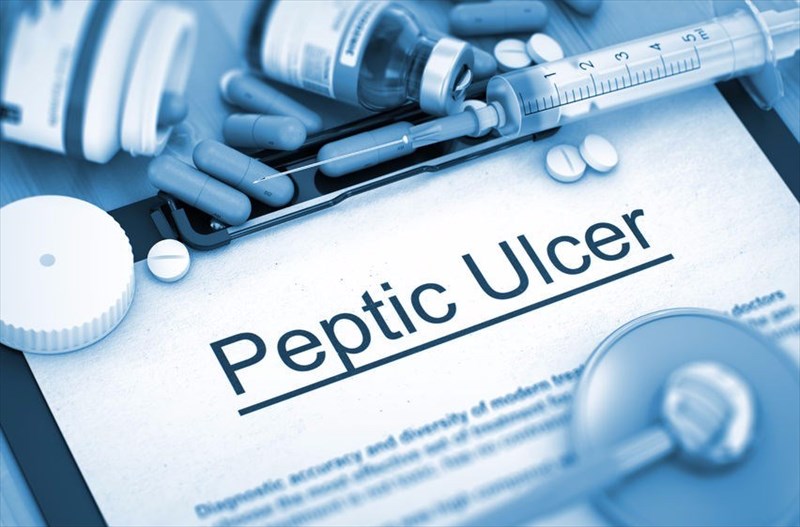
Diagnosing and Treating Peptic Ulcers Through Gastroscopy
Peptic ulcers, characterized by painful sores on the lining of the stomach, small intestine, or esophagus, require accurate diagnosis and effective treatment. Gastroscopy, a vital medical procedure, plays a key role in the identification and management of peptic ulcers.
This article examines the significance of gastroscopy in diagnosing and treating peptic ulcers, shedding light on the procedure’s process, benefits, and its crucial role in ensuring optimal patient care.
Understanding Peptic Ulcers
Peptic ulcers, often associated with Helicobacter pylori (H. pylori) infection or prolonged use of nonsteroidal anti-inflammatory drugs (NSAIDs), can lead to abdominal pain, bloating, and discomfort. Prompt and accurate diagnosis is essential for devising an effective treatment plan and preventing complications such as bleeding or perforation.
The Role of Gastroscopy in Diagnosing Peptic Ulcers
Visualizing the Gastric Lining
Gastroscopy involves the insertion of a flexible tube with a camera (endoscope) through the mouth and into the stomach. This allows for direct visualization of the gastric lining, enabling healthcare professionals to identify any ulcerations, inflammation, or abnormalities.
Biopsy for H. pylori
During gastroscopy, a biopsy may be performed to test for the presence of H. pylori. This bacterium is a common cause of peptic ulcers, and its detection influences the choice of treatment.
Differentiating Ulcer Types
Gastroscopy aids in distinguishing between gastric and duodenal ulcers, as their location can impact treatment approaches. Gastric ulcers occur in the stomach, while duodenal ulcers are found in the upper part of the small intestine.
Treatment Modalities Explored Through Gastroscopy
Endoscopic Hemostasis for Bleeding Ulcers
In cases where peptic ulcers cause bleeding, gastroscopy allows for immediate intervention. Endoscopic hemostasis techniques, such as thermal coagulation or injection therapy, can be employed to stop bleeding and prevent further complications.
Placement of Stents or Clips
Gastroscopy provides a means to place stents or clips in the gastrointestinal tract to support the healing of ulcers. This intervention is particularly relevant for perforated ulcers.
Administering Medications
Gastroscopy enables healthcare professionals to directly administer medications to the affected area. This targeted approach ensures that medications, such as proton pump inhibitors (PPIs) or antibiotics for H. pylori eradication, reach the ulcer site effectively.
Benefits of Gastroscopy in Peptic Ulcer Management
Precision in Diagnosis
Gastroscopy offers a precise diagnosis by directly visualizing the ulcers and determining their characteristics. This accuracy is crucial for tailoring treatment strategies to individual patient needs.
Real-Time Intervention
The real-time nature of gastroscopy allows for immediate intervention during the procedure. This is particularly beneficial in cases of bleeding ulcers, where prompt action is essential to prevent complications.
Monitoring Healing Progress
Follow-up gastroscopies are valuable for monitoring the healing progress of peptic ulcers. Repeat examinations help healthcare professionals assess the effectiveness of the chosen treatment and make adjustments if needed.
Gastroscopy: A Patient-Centric Perspective
Minimally Invasive Nature
Gastroscopy is a minimally invasive procedure, contributing to patient comfort. The flexibility of the endoscope allows for careful navigation, minimizing discomfort during the examination.
Outpatient Setting
In many cases, gastroscopy can be performed on an outpatient basis. This reduces the need for hospitalization, allowing patients to resume their normal activities shortly after the procedure.
Early Detection of Complications
Through gastroscopy, potential complications of peptic ulcers, such as bleeding or perforation, can be detected early. Timely identification enables swift intervention, improving overall patient outcomes.
Gastroscopy’s Role in Preventive Healthcare
Screening for High-Risk Individuals
Individuals with a history of peptic ulcers or those at high risk due to H. pylori infection may undergo gastroscopy as part of preventive healthcare. Early detection allows for proactive management, preventing the progression of ulcers.
Health Education and Lifestyle Modifications
Gastroscopy consultations provide an opportunity for healthcare professionals to educate patients about lifestyle modifications that can contribute to peptic ulcer prevention. This includes advising on dietary changes, stress management, and avoiding NSAID misuse.
Enhancing Peptic Ulcer Care Through Gastroscopy
Gastroscopy stands as a cornerstone in the diagnosis and treatment of peptic ulcers. From visualizing ulcerations and obtaining biopsies to facilitating real-time interventions and monitoring healing progress, gastroscopy plays a pivotal role in optimizing patient care.






